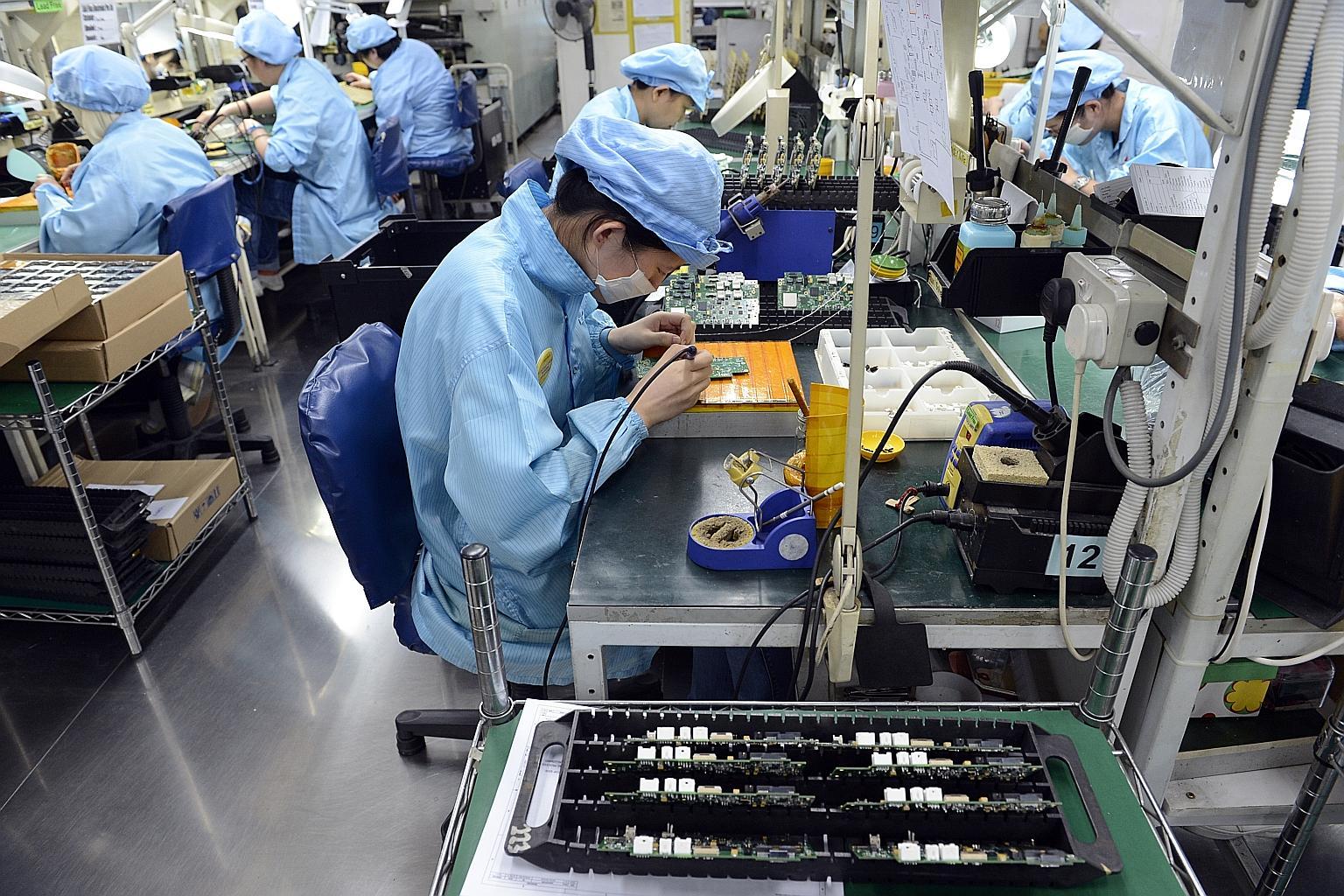Technology and trade have propelled the global economy through a period of great dynamism over the past quarter of a century but–as with any economic advance–there has also been disruption.
The 2017 edition of the WTO’s flagship publication, the World Trade Report, examines how technology and trade affect labor markets. The report, launched Wednesday at the WTO Public Forum, notes that continued economic progress hinges on the ability of societies to remain open to trade and technological advance, while also being able to adjust, adapt and promote greater inclusiveness, wto.org reported.
Technological progress expands economic output and increases welfare by improving productivity–allowing more output to be produced with the same resources–and by enabling further innovation and development. Current technological progress has led to a higher relative demand for skilled workers and a lower relative demand for workers performing routine activities.
Like technological change, trade impacts productivity and welfare. Opening up to trade helps to allocate resources to the most productive activities and increases a country’s welfare, but the resulting gains in efficiency also require workers to adjust.
The report finds that although trade and technology are vital sources of economic growth, certain types of workers and/or regions may sometimes be adversely affected. It also finds that, although the two are interrelated, it is technology and not trade that bears the greatest responsibility for the decreasing share of manufacturing jobs and for the declining number of middle-skill jobs relative to low- and high-skill jobs in developed economies.
Disruptive Impact on Jobs
Looking ahead, the prospects for increased automation suggest that technology may have an even greater impact on the future of jobs. While drawing firm conclusions about what this could mean for the labor markets is problematic, we can be sure that technological progress is likely to have an increasingly disruptive impact, rendering some skills obsolete but enhancing others and leading to the development of new skills and new jobs.
More than ever before, the ability of workers to move from lower- to higher-productivity jobs–and from declining sectors to rising ones–is the main mechanism through which trade and technological progress contribute to growth, development and rising living standards. Through a mix of adjustment, competitiveness and compensation policies, governments can help workers to manage the cost of adjusting to technological change and trade, while making sure that the economy captures as much as possible the benefits from these changes.
While today’s labor market problems are largely traceable to domestic policy shortcomings, a failure to find answers could have global ramifications. By providing a forum where governments can meet, talk and negotiate, the WTO offers an indispensable platform where governments can attain cooperative “win- win” approaches to the challenges of ongoing global economic change.
Competitive Labor Market
In a competitive labor market, unemployment can only arise if the wage rate does not adjust downwards to clear the market when there is an excess supply of labor. Three main categories of unemployment have been identified.
“Frictional” unemployment arises because a significant number of people are between jobs at any point in time. “Cyclical” unemployment arises when the decline in aggregate demand in the downswing phase of a business cycle leads to a decrease in labor demand but wages do not adjust downwards. “Structural” or “transitional” unemployment arises in the presence of wage rigidities for two reasons:
Either because there is a mismatch between the skills workers can supply and the skills employers demand; or because mobility obstacles prevent workers who lose their jobs from moving across either occupations or regions to fill new openings.
Search-and-matching models suggest that labor market institutions and regulations have an important influence on the cost of being unemployed and ultimately on the duration of unemployment.
More generally, the level of unemployment depends on the flow of individuals entering and exiting the labor market, the speed at which the unemployed find and accept a new job, and the conditions under which the bargaining over surplus takes place between employers and workers in the labor market exchange.


